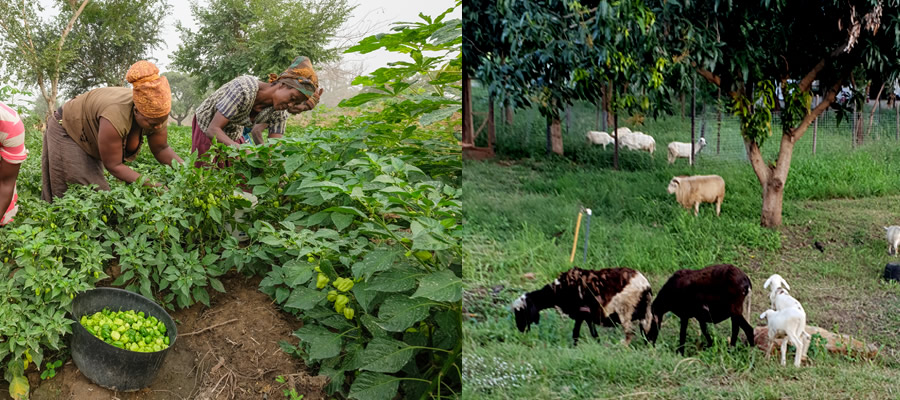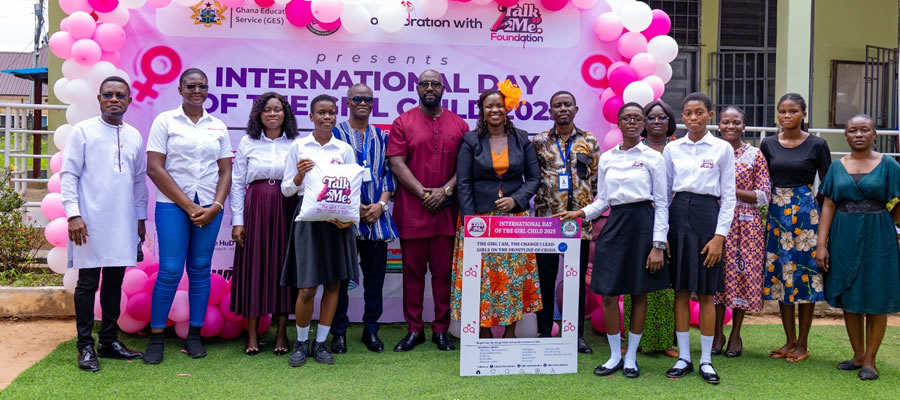

Water
Water supply has always been a basic problem of the municipality with a limited number of communities having access to potable water, notwithstanding the fact that the Weija water Reservoir and Treatment plant that serves about one-half the population of Accra is located in the Ga West Municipality. Pipe-borne water is periodically supplied to areas such as New Achimota, Tantra Hill, and McCarthy Hills but the capital Amasaman lacks potable water. About a third of the over 300 rural communities have access to boreholes and hand-dug wells whiles as much as 35% of the settlements depend on dams and dugouts and streams for their water needs.
Potable water supply in the urban/peri-urban areas of the Municipality has been a major challenge to the Assembly, especially since the Assembly has no direct control over urban water supply. To improve this situation the Assembly will support and facilitate government strategies to accelerate the provision of safe water in the urban areas, especially the inclusion of rain water harvesting facilities for building.
In the rural areas and small towns however, the Assembly is responsible for water supply. The Assembly is currently managing one small town piped scheme through a Water and Sanitation Committee (WATSAN) at Ashalaja.
The Assembly’s Water and Sanitation Team (DWST) has been established and trained by the Community Water and Sanitation Agency. The Team represents the Assembly in its water and sanitation activities to achieve favourable health outcomes, economic growth and sustained poverty reduction. About 23.85% of the rural population has access to potable water either from a borehole, stand-pipe or a hand dug well.
The focus of the Assembly with regards to rural water supply over the plan period is to maintain and expand the current facilities to cover the remaining 76.15% of the rural population. This will mean ensuring that boreholes and stand pipes serve not more than 300 persons and 600 persons respectively. Figure 5 shows distribution of water facilities in the district.
Some of the problems that need to be solved and the challenges to manage and ensure the achievement of the set targets include:
Enlisting the full participation of women at all levels of the programme
Improving the weak financial capacity of the Water and Sanitation Committees
Reducing over dependence on Donor support for water facilities
Increasing and sustaining the participation of communities, especially with capital cost contribution
Sustainable supply chain for goods and services for the operation and maintenance of water facilities
Sanitation
On the issue of sanitation in the Municipality, it appears that a number of people have access to some type of sanitation facilities either public or private. Others also resort to indiscriminate defecation in gutters, school compound and public refuse dumps. Total sanitation coverage is estimated at 47% for domestic and 65% for institutions. The types of facilities in use include WC toilets, KVIPs, Household VIPs and public KVIPs. Pit latrine, even though not approved by the Assembly, is being used by some households even in the urban communities.
The Assembly is currently participating in the District Based Water and Sanitation Component of the Community Water and Sanitation Programme to improve the provision of such facilities in the various institutions in the Municipality. Under the Community Based Rural Development Project, some sanitation facilities are also being constructed in selected communities. In all these projects the Assembly contributes to the capital cost.
Date Created : 11/20/2017 7:20:14 AM










 facebook
facebook
 twitter
twitter
 Youtube
Youtube
 +233 593 831 280
+233 593 831 280 0800 430 430
0800 430 430 GPS: GE-231-4383
GPS: GE-231-4383 info@ghanadistricts.com
info@ghanadistricts.com Box GP1044, Accra, Ghana
Box GP1044, Accra, Ghana